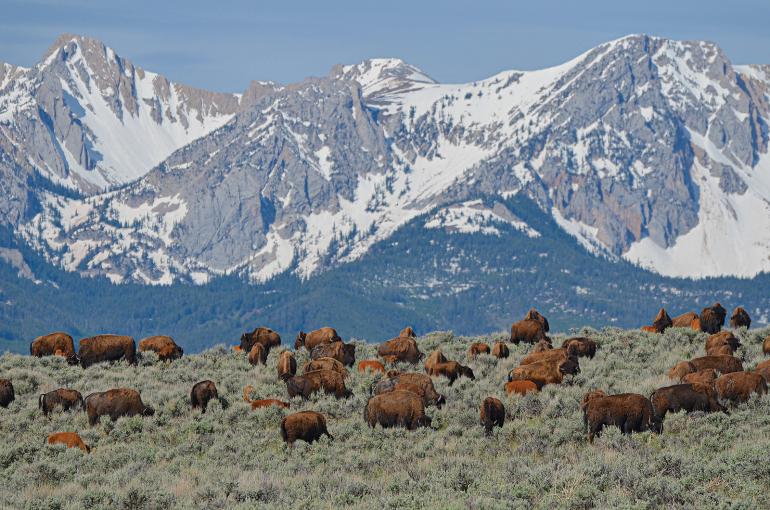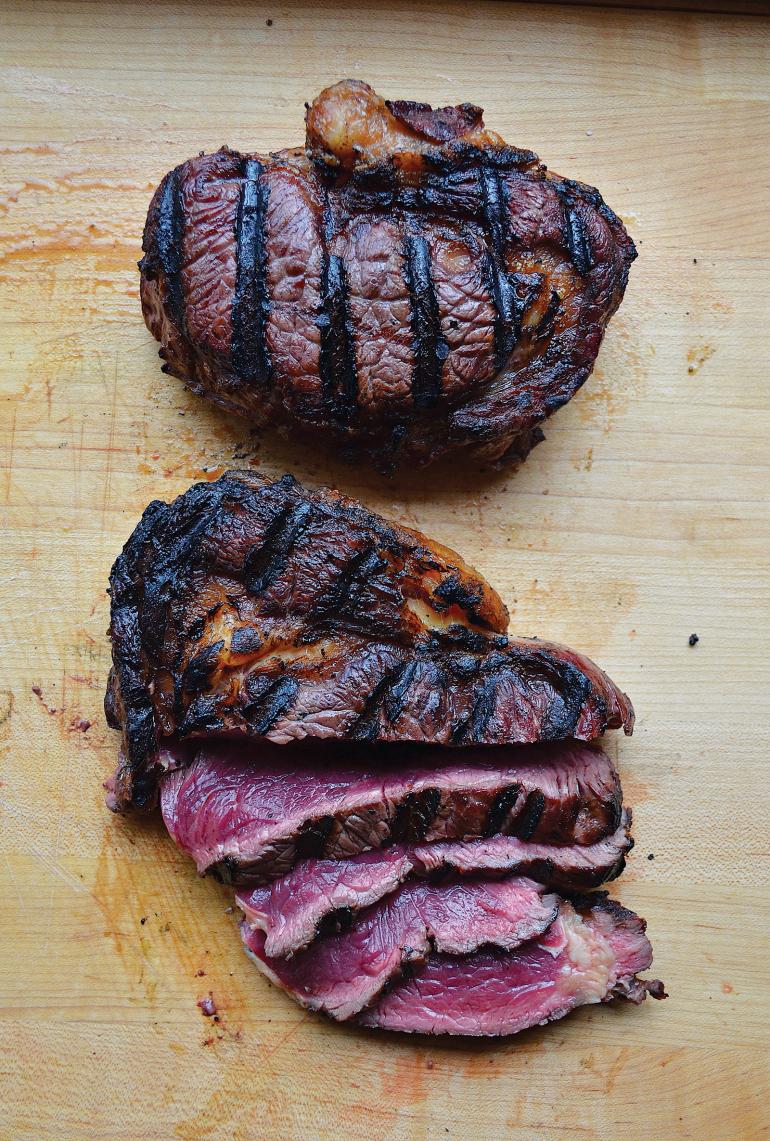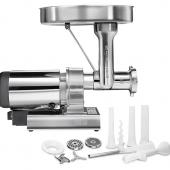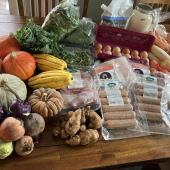Nature’s Bounty
Eating off the local land.
Traditionally, fall is the time to harvest the summer bounty and hunt for meat to make sure there is food for winter. But today’s global economy has caused many to move away from eating locally-raised foods—and that comes at a cost, even if global food is a little cheaper. Eating locally is better for your health, the environment, and the local economy.
We tend to think of foods as being all the same, meaning all spinach has the same nutritional content and health benefits. But this is not the case. From the time produce is picked, nutrients start to break down. Anywhere from 15 to 55 percent of vitamin C is lost within a week of produce harvest. Research from Penn State University published in the Journal of Food Science showed that bagged spinach refrigerated at 39 degrees lost 47 percent of its folate and carotenoids after eight days, and even faster at higher temps. Folate is a B vitamin that is needed for cell division, DNA repair, and neurotransmitter production. Carotenoids are antioxidants that can reduce the risk of heart attacks, strokes, and certain cancers. It is not only what you eat, but how far it travels that matters for your nutrition and health. With less travel distance, local farmers can get produce to market much faster and with less nutrients lost. An added bonus is local produce tends to taste better, too.
How animals are raised and what they are fed affects the nutrition of the meat, especially its fatty-acid content and ratios.
Meat is not as likely to lose nutrients due to shipping time. But how the animals are raised and what they are fed affects the nutrition of the meat, especially its fatty-acid content and ratios. Grass-fed and grass-finished animals have more anti-inflammatory fats than their grain-fed counterparts. More anti-inflammatory fats are better for your health. Local Montana ranchers are also more likely to run smaller operations, take better care of their animals, and use less, if any, chemicals, hormones, and preservatives than big industrial feedlots. And, being that ranchers are local, you can ask them about what they feed their animals and how they care for their herds.
I recommend trying to get organic produce and meats if you can afford it, but local is better than organic from far away. In addition to the nutrients lost, there are also the environmental impacts of fossil fuels needed to ship produce great distances. It takes far less fuel to ship within Montana than from California, Mexico, or Argentina, even if the produce has an “organic” sticker on it.
If you aren’t a gardener, forager, or hunter, you have multiple other options this fall and beyond to find local produce and meat.
Then there is the economic impact. When you buy local food, you are helping your neighbors do what they love and keep their farms and ranches in business. That means they can spend that money at other businesses in town—maybe yours—and possibly prevent a few more luxury apartment high-rises from being developed.
If you aren’t a gardener, forager, or hunter, you have multiple other options this fall and beyond to find local produce and meat. Check out the Tuesday and Saturday farmers’ markets before they wind down, and then the winter market. Shop at stores that sell locally-grown food, like the Co-Op. For meats and eggs, many ranches sell directly to consumers. A simple Google search can lead you to pigs, chickens, and eggs in Livingston, grass-fed and -finished beef here in Bozeman, and bison in the Bridgers. Often this requires a bulk purchase, but never fear if the cost or freezer space is daunting. Ask some friends or coworkers about splitting an animal with you.
Personally, being Scottish and, shall we say, “frugal,” I understand the allure to buying the cheaper-priced chicken from Georgia, the greens from California, and the tomatoes from Mexico. But when you factor in the added nutritional content and health benefits, reduced environmental impact, and strengthening of our local economy, the price differential is still a bargain.
Lou Walters is a naturopathic doctor at The Source Wellness Center. For more info, go to TheSourceWellnessCenter.com.












